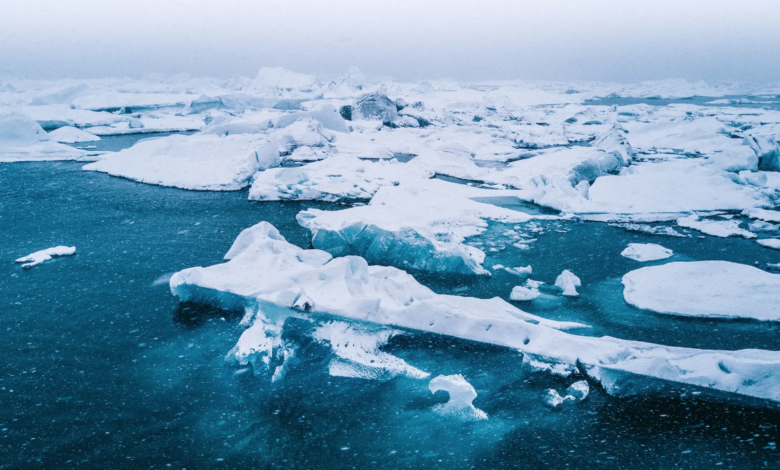Global warming in the Arctic takes us over 1.5 to 5 years before

UCL study published in Earth Systems Dynamics
Today the Arctic is warming up 4 times faster than the global average, but this dynamic is not confined to the region. The rhythms of global warming in Arctic beyond the 66th parallel north, in fact, will have global consequences: we will exceed the threshold of 2 degrees established by the Paris Agreement with 8 years in advance and that of 1,5 degrees 5 years earlier, compared to a scenario in which global warming in the Arctic travels at the same rate as in the rest of the Planet.
This is supported by a study conducted by a team of scientists at UCL and published in Earth System Dynamics. To arrive at this conclusion, the researchers constructed a climate model that does not include Arctic amplification, the positive feedback phenomenon behind the acceleration of global warming in the Arctic. And they compared the predicted dates of the 1.5 and 2-degree threshold overrun model with those derived from real-world observed temperature trends.
read also Melting glaciers in Antarctica, could be 15% more consistent than expected
In models that do not include accelerated warming of the Arctic, the thresholds of the Paris Agreement are exceeded, respectively, 5 and 8 years later than the dates on which the scientific consensus converges based on today’s temperatures, namely 2031 and 2051.
“Climate change in the Arctic is often overlooked by politicians because most of the region lies outside national borders. Our study shows the impact of the Arctic on global goals such as the Paris Agreement and hopefully draws attention to the crisis already unfolding in the region,” says Robbie Mallett, co-author of the scientific paper. On the other hand, impacts in the Arctic region are particularly heavy at the local scale. And they could become much more so in the future, as a global warming level of the Planet of 2 degrees results in average temperatures of 4 degrees higher than the pre-industrial period in the Arctic, which can rise up to +7 ºC during the winter season.





